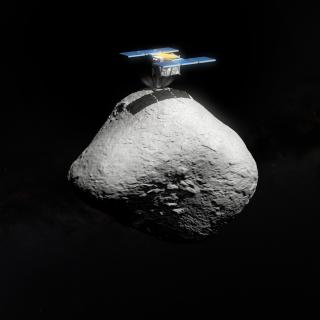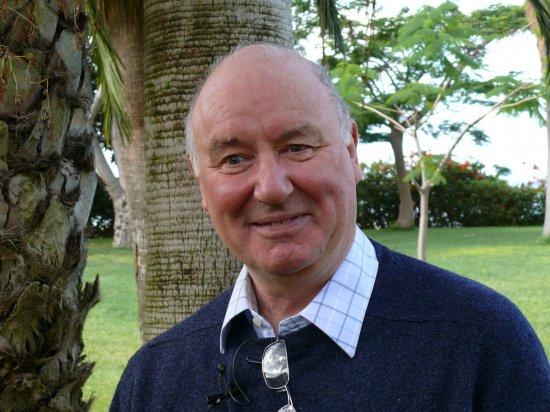It may interest you
-
 El programa de divulgación científica del Instituto de Astrofísica de Canarias (IAC) en La Radio Canaria, "Soñando Estrellas", emitirá su próximo episodio, este viernes, 28 de noviembre, a las 22:30 horas. El espacio, de 30 minutos de duración, está dirigido y presentado por Verónica Martín, jefa de la Unidad de Comunicación y Cultura Científica (UC3) del IAC. En este episodio la investigadora del IAC, Cristina Ramos Almeida, responderá a la pregunta de cómo nacen y crecen las galaxias y, especialmente, a cómo mueren. La investigadora, que recientemente recibió el Premio Mujer Tenías que SerAdvertised on
El programa de divulgación científica del Instituto de Astrofísica de Canarias (IAC) en La Radio Canaria, "Soñando Estrellas", emitirá su próximo episodio, este viernes, 28 de noviembre, a las 22:30 horas. El espacio, de 30 minutos de duración, está dirigido y presentado por Verónica Martín, jefa de la Unidad de Comunicación y Cultura Científica (UC3) del IAC. En este episodio la investigadora del IAC, Cristina Ramos Almeida, responderá a la pregunta de cómo nacen y crecen las galaxias y, especialmente, a cómo mueren. La investigadora, que recientemente recibió el Premio Mujer Tenías que SerAdvertised on -
 Astronomers have used telescopes around the world, includingthe Gran Telescopio Canarias (GTC or Grantecan) at the Roque de los Muchachos Observatory on La Palma, to study the asteroid 1998 KY26, revealing it to be almost three times smaller and spinning much faster than previously thought. The asteroid is the 2031 target for Japan’s Hayabusa2 extended mission. The new observations offer key information for the mission’s operations at the asteroid. “We found that the reality of the object is completely different from what it was previously described as,” says astronomer Toni Santana-Ros, aAdvertised on
Astronomers have used telescopes around the world, includingthe Gran Telescopio Canarias (GTC or Grantecan) at the Roque de los Muchachos Observatory on La Palma, to study the asteroid 1998 KY26, revealing it to be almost three times smaller and spinning much faster than previously thought. The asteroid is the 2031 target for Japan’s Hayabusa2 extended mission. The new observations offer key information for the mission’s operations at the asteroid. “We found that the reality of the object is completely different from what it was previously described as,” says astronomer Toni Santana-Ros, aAdvertised on -
 Científicos del IAC publican en Nature Astronomy una guía práctica para mejorar propuestas y solicitudesAdvertised on
Científicos del IAC publican en Nature Astronomy una guía práctica para mejorar propuestas y solicitudesAdvertised on
